11 Hacks to a better sleep with Eczema and Topical Steroid Withdrawal
Just when you thought you were suffering enough, life gives you a reminder that things can always get worse… and there is almost nothing worse than the combination of suffering in your own skin due to eczema and not being able to sleep.
Sleep is an extremely important aspect to healing our skin. Our bodies go through various stages throughout each 24 hour period and one of these important stages is the healing stage when it is at rest. If we aren’t able to achieve a good quality sleep each night then this is obviously detrimental to our recovery.
Having lived through some of the darkest sides of topical steroid withdrawal with enduring insomnia, I found some of these tips below to help lessen the severity of the chronic symptoms keeping me up at night, along with some easy little hacks for immediate relief.
1. Wet wraps/Soak and seal
This method is mainly used for children who just cannot apply as much mind-over-matter as adults can. What it does is create a wet environment directly on the skin, then it is ‘sealed’ which helps keep the skin hydrated, helping moisture penetrate the skin to calm the itch.
Only specialized wraps designed specifically for this purpose should be used. This is best done after a luke warm bath or shower so the skin is relaxed and ready for the application of a moisturizer. Once a soothing moisturizer has been applied (such as aloe vera), the affected areas need to be wrapped in the damp wraps then covered in a dry cotton clothes/pyjamas.
2. Trim fingernails
For anyone who has suffered from the kind of itch you would sell your first born to eradicate, you will understand when I say no variation of nail length will stand in the way between you and your itch. Heck, you will use your teeth if they could reach your back!
So I’m not going to pretend here that by having nails the length of daisy petals is going to break the itch-scratch cycle, however it can help reduce the amount of damage you inflict which gives your body the chance to heal you quicker than it otherwise would have.
It is a wonderful thing when self-control limits our day time scratching, but during our sleeping hours, when we are lucky enough to actually fall asleep, we tend to scratch unconsciously.
This is only halted after we wake ourselves up or when our brains have efficiently satisfied its need to scratch by allowing us to gouge out enough skin and blood to fill a bucket.
If the nails are kept short and tidy with no little sharp over-hangings to use as skin scissors, we are essentially reducing the destruction our skin receives and therefore lessening the amount of itch causing allergens that can penetrate the skin barrier.
3. Climate control
There really is a sweet-spot when it comes to climate comfort for people who are suffering with eczema and topical steroid withdrawal and much like the variable nature of these turbulent conditions, this sweet-spot can vary greatly for the individual.
Humidity and temperature are the two variables and both are equally important. Finding the right combination can be challenging, much like finding the perfect mattress. However the rewards are worth the effort.
To create an environment within the room that reduces itching can be as simple as not wrapping yourself up in thick bedding on a hot night. It may also involve a change of bedding to a more breathable and lightweight fabric.
By allowing fresh air to circulate through the room during the day, you can help keep the room cool. Due to allergy causing pollen levels usually rising at nights, it’s important to keep the windows closed as pollen allergies are very common with eczema sufferers.
When the season is stuffy and humid, the use of an air-conditioner can be a god-send. On the opposing season, a cold and dry environment may call for the use of a humidifier to keep the suffering skin adequately hydrated and less prone to the winter-splits.
4. Valerian Complex
Valerian is one of my silver bullets for sleep when I was in the worst of topical steroid withdrawal. I had actually tried a few brands and hence came to appreciate the world of difference a decent brand can make.
What this natural product did was relax my entire body to the point where I was finally able to have extended periods of solid sleep during a time when I had chronic insomnia.
Much like most medication, this is only a temporary fix and can’t be relied upon forever. But if it gets you through some of the worst times then it has done its job.
5. Dust mite protection
Although there is a genetic disposition to dust mite allergies, dust mite leavings are a very common allergen and when the skin barrier of the person is already differentiated (poorly functioning), then all typical allergens will enter the skin and cause a nasty itch.
Although it is practically impossible to eliminate all dust mite contaminants from the environment, we can still significantly reduce the exposure. Given their preference to warm humid environments, they are most prevalent in the pillow and mattress during the warmer seasons.
It is easy to wash sheets every week and by doing so in very hot water (140 F) then hanging directly in sun, you can eliminate the majority of the dust mite allergens to maintain a consistently allergy-free bed.
To avoid having to buy new pillows and mattresses regularly, investing in a dust mite protector for your mattress and pillows can effectively form a protective barrier between you and the harmful effects of these little critters.
6. Antihistamines
The levels and changes to our body’s chemicals are dictated by its own internal clock. The natural circadian rhythm controls the amount of histamine the body releases during different times of the day.
Antihistamines are a medication which should only be used as a temporary treatment during times when sleep is at its worst. They work by preventing histamines from attaching to your cells, thus avoiding some of the nasty inflammation and aggravation symptoms known to impede a good night’s sleep.
There are certain creams on the market which contain antihistamines and may be a better method to try first before attempting oral medication. The cream will only affect the skin directly.
Oral antihistamines will influence the entire body, from lungs to the skin. There are types of oral antihistamines which also come with an ingredient that creates drowsiness to help relax the individual and allow for easier sleeping. Obviously these should be used with caution and not before driving a car.
7. Ice it down
Cold therapy has been around for a very long time as a natural method of helping quell the itch and get people off to dream-land.
The way this can help those with eczema or the flaring conditions of topical steroid withdrawal is due to the coldness of ice. It can almost instantly stop the itch by a combination of numbing the nerves responsible for the itch and its inflammation soothing capacity.
You can use a professional cold pack or just a plain old bag of frozen peas; it really doesn’t matter what you use. Just make sure the skin is not becoming wet as this can irritate cracked or open skin.
Placing a wash cloth between the ice and the skin for anywhere between 5-20 minutes until the area is numb can provide effective relief for many an itchy skin.
This is mostly helpful when there is a more concentrated area of the worst of the itchy symptoms as it will be arduous to apply ice to 10 different places on the body.
8. Vitamin D
I have often linked Vitamin D to not only improved eczema and topical steroid withdrawal symptoms, but also to better health including better sleep.
Our lifestyles have made Vitamin D deficiencies quite the common occurrence due to our fears of being in the sun, our wearing of clothes and sunblock, and working indoors which has changed the effectiveness of our bodies functions and our sleep patterns.
How can Vitamin D help us sleep better? There are many healing benefits of Vitamin D, specifically Vitamin D3, but the direct relationship between this vitamin and sleeping is partially linked to certain hormonal changes which take place in our bodies at various times of the day.
By getting sunlight or taking a good Vitamin D3 supplement, the changes which occur to our melatonin and cortisol levels help bring down inflammation, boost our immune systems and help us achieve a better quality of sleep.
In fact, a study done by gwern.net confirmed that by taking Vitamin D in the morning, participants experienced a higher quality of night time sleep which included a longer duration, deeper REM state and better overall rest.
9. Stop scratching
Yeah yeah, I know. This is near impossible without some type of intervention. After all, we scratch because our skin is itchy, NOT the other way around. Plus what we get up to when we are asleep is between our hands and our brains – not conspired by our conscious thoughts - so don’t feel guilty.
Although scratching does make the matter worse, sometimes a good solid scratch is the only thing that can actually bring relief! I’m not condoning this action however. But I do empathize entirely.
The itch-scratch cycle is a nasty mistress indeed and many people get unexpectedly torn to pieces in the middle of the night through no fault of their own.
This endless cycle starts with the beginning signs of the itch, the subsequent scratching which opens up the skin to irritation from bacterial, fungal and environmental pathogens, then further itching and endless scratching.
So how does one actually stop themselves from scratching during slumber-time?
If you are working on dealing with the deep causes in the body then you are already working on the biggest issue. But for more immediate and direct effects, I have a few suggestions.
Covering up: As long as this doesn’t cause you to overheat, wrapping the affected areas with special bandages such as Tubifast or covering larger areas with specialised clothing such as leggings and long sleeve tops can act as a barrier between pincer-like nails and the fragile skin underneath.
Cotton gloves have come to the rescue for many parents wanting to keep some distance between their child’s nails and their fragile eczema. This usually only works when the season is cooler, as heat can generally exacerbate the itch.
Mind-over-matter: Practicing mindfulness as you lay down to sleep has rescued eczema and topical steroid withdrawal skin many a time!
This is a little harder to do because it involves proper restraint. It involves meditation methods to be aware of the sensation and your need to scratch, while just ‘observing’ rather than reacting. You may find that you can witness this situation rather than be involved in it. This for obvious reasons requires a bit more practice.
10. Baths
When the skin is red, itchy and in need of a soothing soak before bed, then taking a bath with either a salt (Epsom or Dead Sea) or Green Clay (Bentonite) can dramatically lessen the itch and keep it that way for the night.
These bath products can really help alleviate the itch by killing the bacteria on the skin and reducing ooze. Or in the case of the green clay, actually absorb pathogens into its structure before being flushed down the drain. Sounds like a winner to me!
11. Massage
Receiving a massage before bed works on so many wonderful and natural levels!
Did you know that the nerve endings on the body which are wired to send the itch-signal to the brain can actually be circumvented?
Our brains are wired in a way that only allows it to process one sensation from any given area at a time. This means that if you feel temporary pain, heat etc your sense of itch dissipates. This is also true, and more pleasurable with massage.
Another great benefit of massage is that when the skin can tolerate moisturisers and oils, the use of oils being rubbed into the skin can offer immense soothing and skin barrier sealing benefits.
This is especially helpful for people during winter with dry and cracked skin which benefits from allowing the oil to sit on the skin overnight.
Massage stimulates our skin and the lymphatic system which helps move along toxins allowing our bodies to detox from the chemical and pathogen overload which is so common in people with compromised skin barriers.
Last but not least, massage is just so darn relaxing!
The soothing action of sore, tired muscles being kneaded can offer a whole new level of relief, and the therapeutic power of human-touch cannot be underestimated.
In fact, studies have shown that human touch can actually improve anxiety, and we know that anxiety decreases immune function.
Conclusion
As hard as it can be to implement certain methods for a better night sleep, I understand that there is almost nothing you wouldn’t do to achieve this. So I really do hope that one or more of these hacks will help get you nodding off in no time!






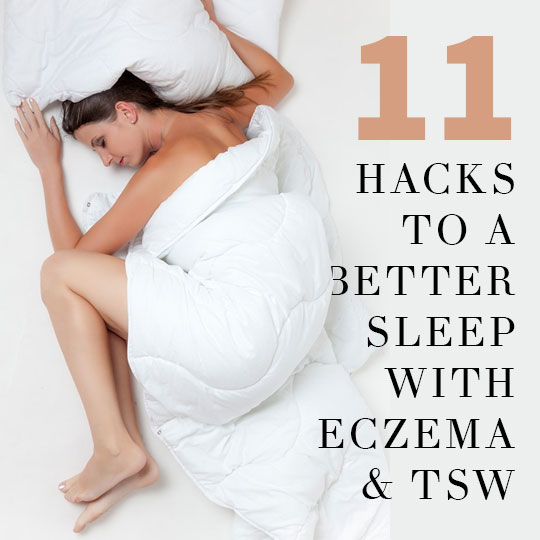
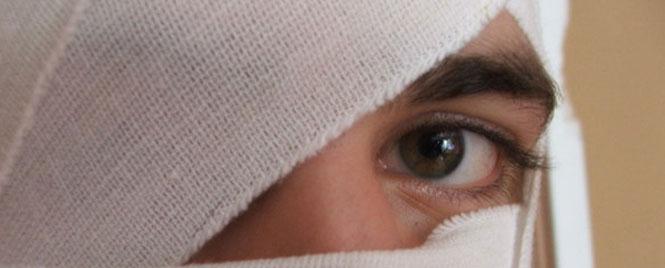
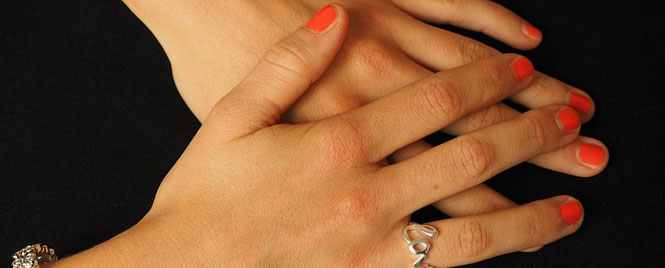
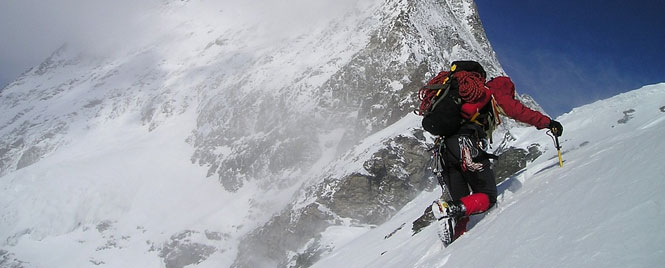
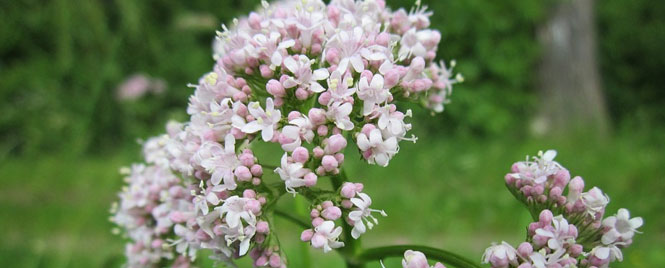
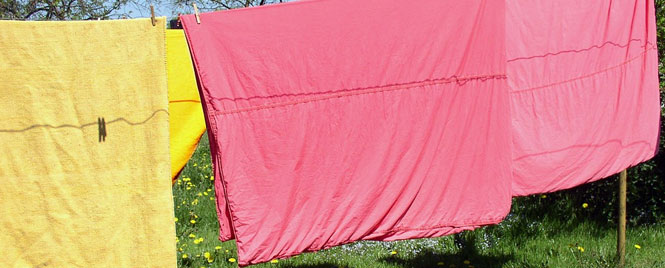
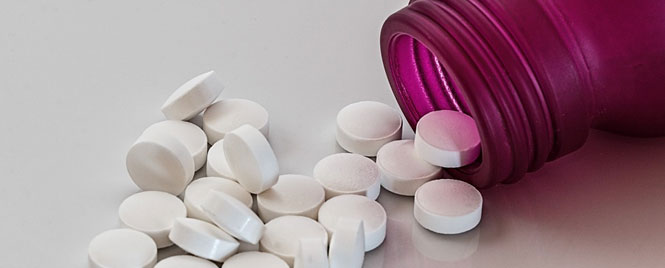



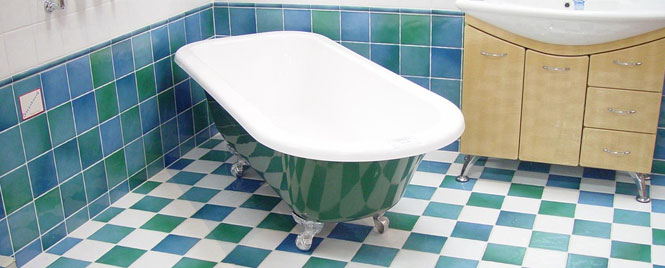

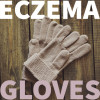
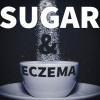
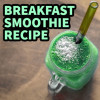
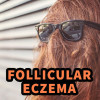
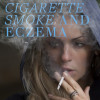
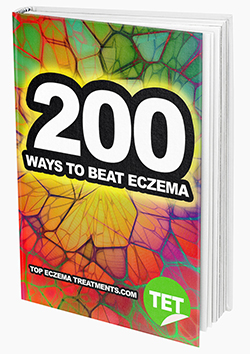
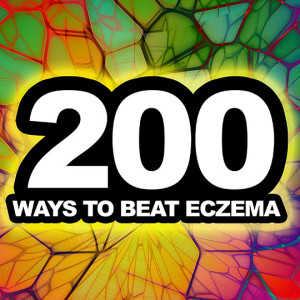

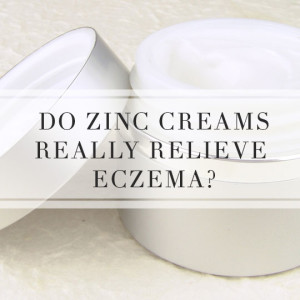

What about moisturizers? Should they be used or avoided? Do they indeed make TSW symptoms last longer? Is there a moisturizer addiction component in TSW process?